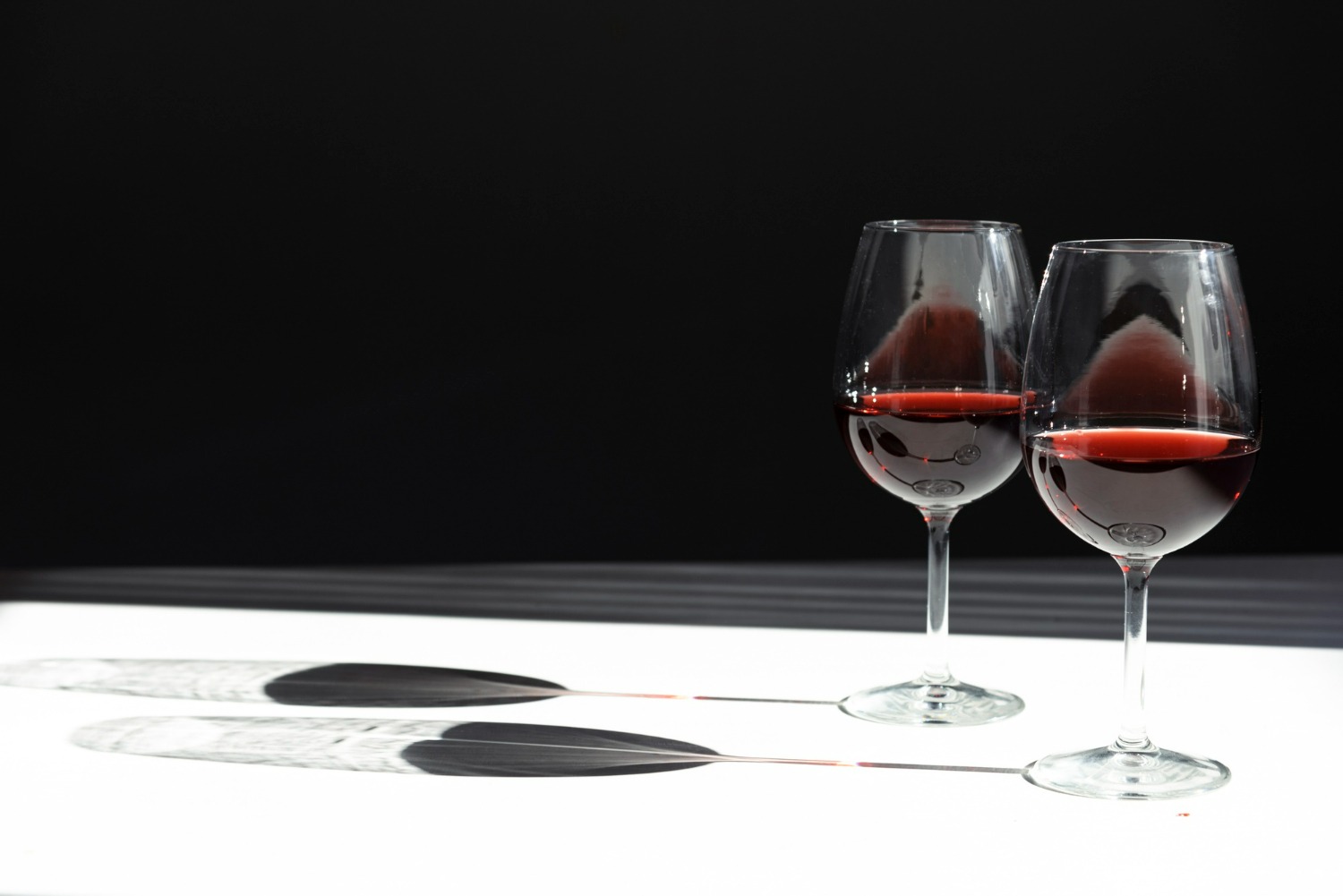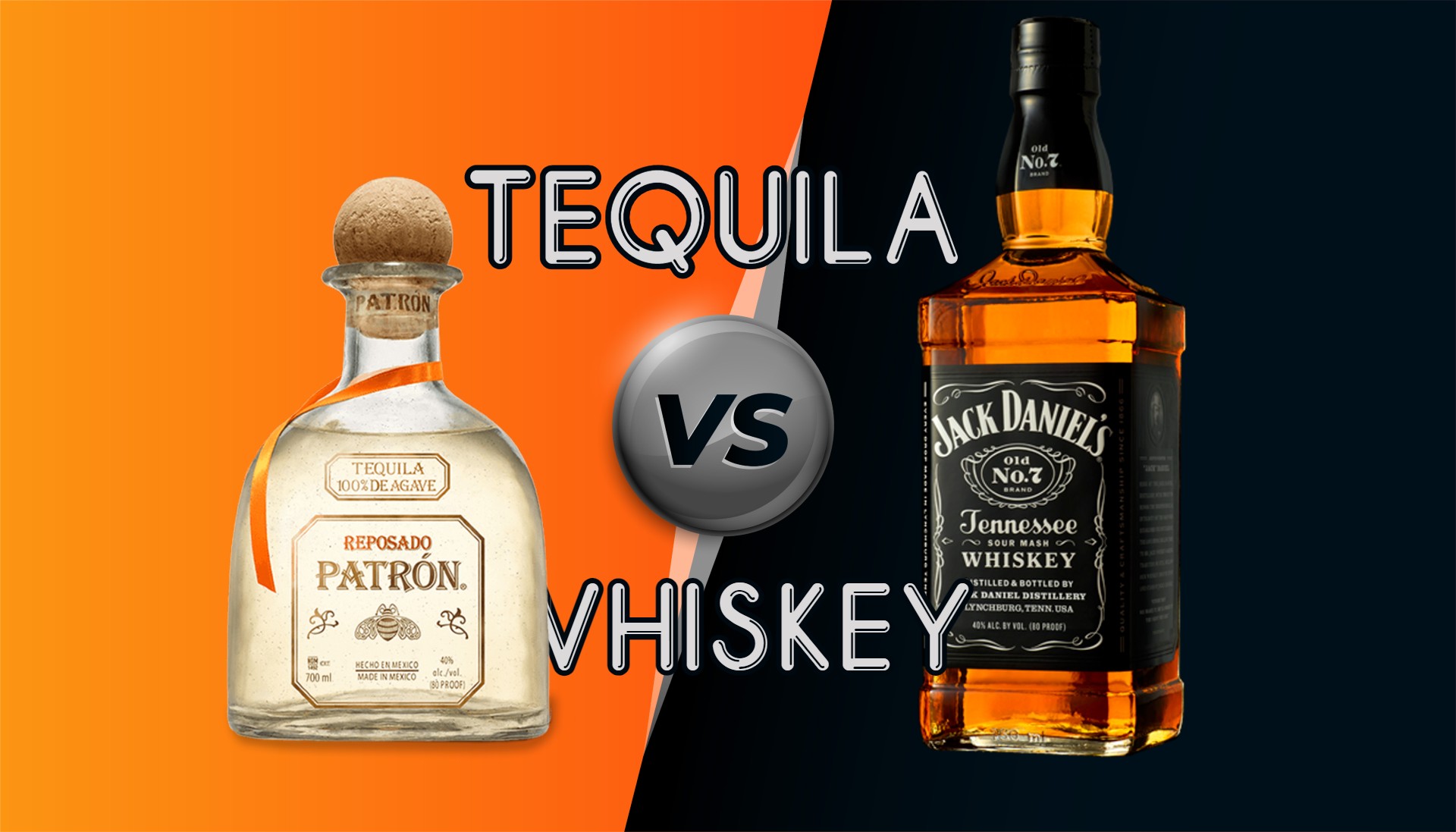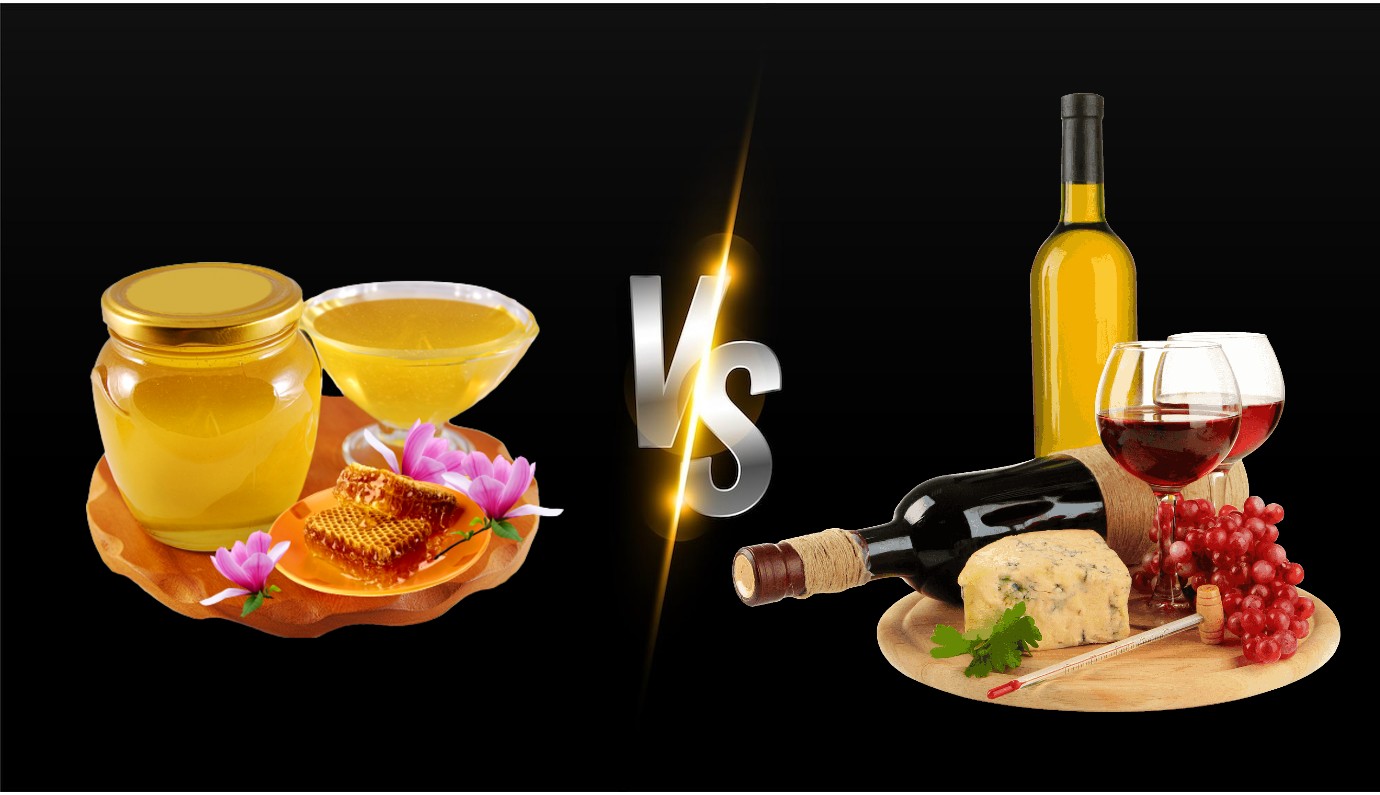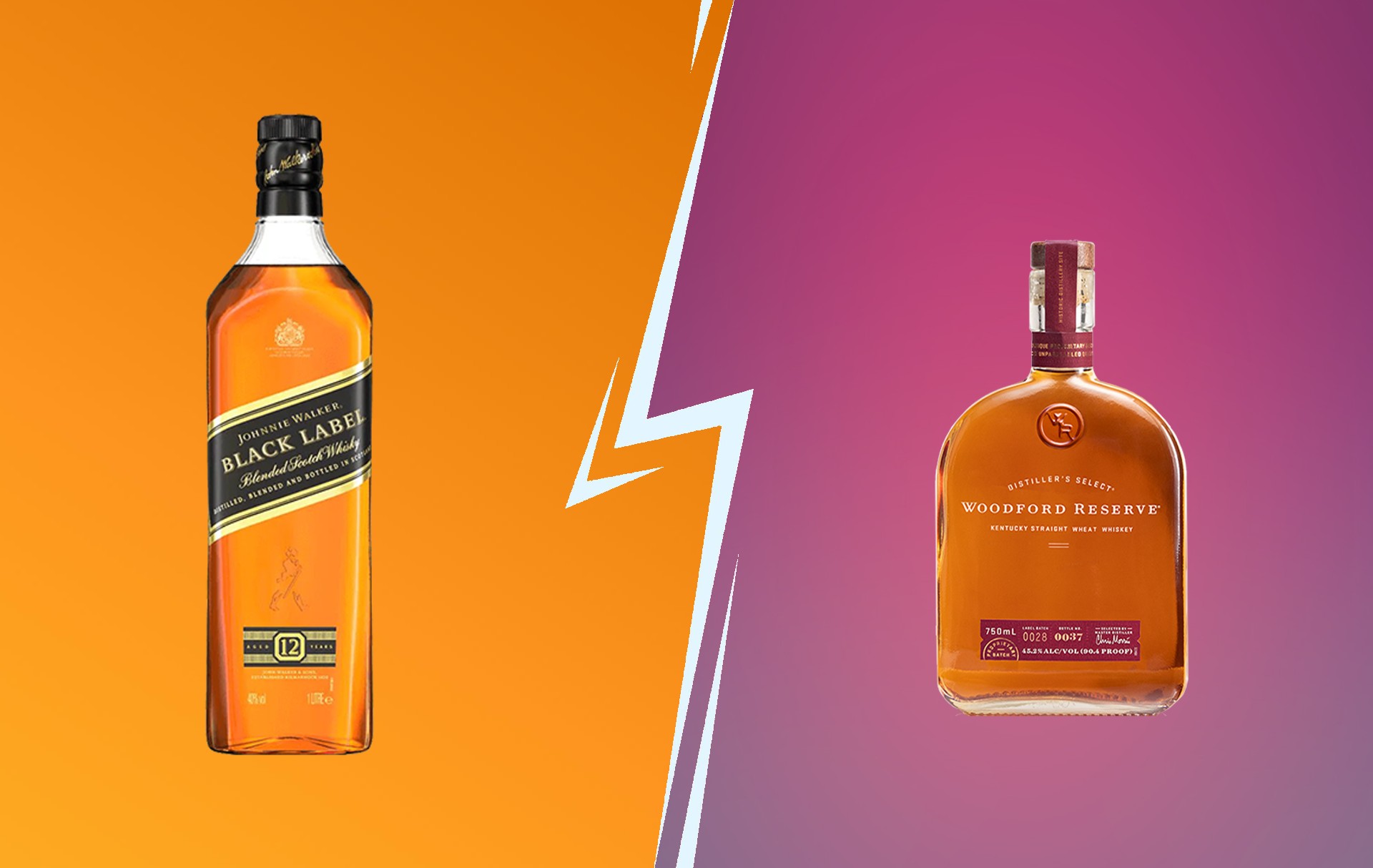Wine is an iconic beverage; classy, colorful, and fragrant, it’s a staple in many homes, bars, and restaurants. However, the wide array of wine varieties is nothing short of overwhelming for newcomers.
Our sommeliers from Zipps Liquor have put pen to paper to help newcomers to the world of wine understand the main similarities and differences between two staples: merlot vs. cabernet.
What is Merlot?
This blue-colored grape is known for the delicious taste it produces, both in blends and on its own. Wines made from 100% merlot grapes have a dark, rich, and deep red color.
Merlot is a great option for those who are new to red wine, whether they’ve been drinking white wine for years or they’re new to wine as a whole.
Merlot Taste & Color
People appreciate the smooth taste of merlot since it has lower acidity and tannin levels than other red wines. Because tannins contribute to a wine’s bitterness and dryness, wines with high tannin levels leave the mouth with a drier feeling.
The lower tannin levels in merlot results in a velvety soft finish where you’ll taste hints of chocolate, spice, and black fruits. However, there’s a difference in taste between the merlot grown in colder and hotter climates.
Merlot from cooler climates (also known as “classic merlot”) tends to have a savory and earthy finish; merlot from warmer climates, on the other hand, is more full-bodied and tannic, with a stronger emphasis on the fruity notes.
Where is Merlot Produced?
This wine grape was originally produced in the French region of Bordeaux and has been known worldwide since the first century AD. Today, merlot is available in many countries.
You can find “classic merlot” from Northern Italy and Chile and “new world merlot” from Australia, California, and Argentina. This versatile grape can survive in a wide range of soils and climates, making it a great addition to winemaking regions worldwide.
Just keep in mind that merlot grows best in clay, typically found where the temperatures are cooler. To get quality grapes, plant a variety that’s suitable for your climate, train it regularly and prune it carefully.
Their grapevines will need medium water, full sun, and a good drainage system; if they’re well taken care of, they can give you fruits for 50 years or more. The vines should also be pruned during winter since they are susceptible to black rot, which is the most destructive fungal disease in grapes.
What Is Cabernet Sauvignon?
The cabernet sauvignon is an acidic wine that delivers a full-bodied experience made from a grape variety that shares its name. It carries strong tannins that are mellow as it ages and a high alcohol percentage, typically 13% – 14%.
It’s also a hybrid grape, which was created by combining the red grape, cabernet franc, and the white grape, sauvignon blanc. These wines come in both single variants, which are made from 100% cabernet sauvignon grapes, as well as blends.
Cabernet Taste & Color
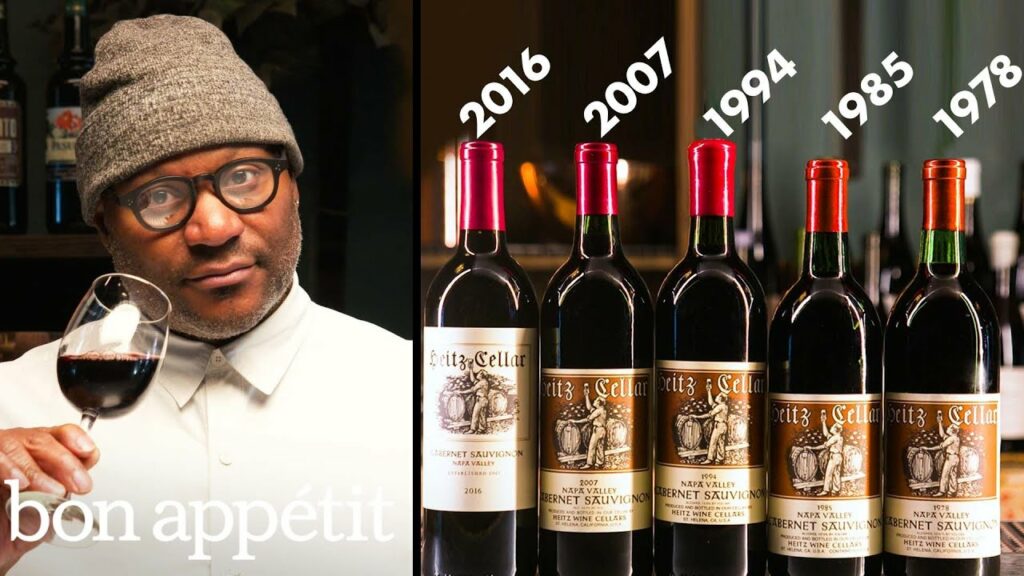
This wine is known for the “green bell pepper” taste that made it famous, but it actually comes from a chemical called pyrazine. This full-bodied red wine is deeply colored and reflects fruits like plum, dark cherry, and blackcurrant.
However, it features many other kinds of flavors and is quite a treat for the nose, where people will detect a hint of sweet notes and the smell of fruits. Here are just a few of the common flavors of cabernet sauvignon:
- Crème de cassis
- Blackcurrant
- Boysenberry
- Chocolate
- Mint
Where is Cabernet Produced?
Just like merlot, the cabernet sauvignon has historical roots in Bordeaux, France, but is known as an international grape because of its proliferation in other regions. These regions include the North Coast of California, South Australia, Chile, Italy, and Argentina.
While cabernet sauvignon originates in Europe, it’s also well suited to sunny and warm climates where the temperatures don’t get too high. One of the best places for this grape is Napa Valley on California’s San Pablo Bay, where they are provided with cloud cover from the morning sun, which gives an induction effect.
Their ripening is slowed by this and by the higher elevation found in Howell Mountain and Atlas Peak, though their acidity levels are maintained. Many types of soils in California are also available for cabernet sauvignon, making Napa Valley the perfect place to grow them.
Merlot VS Cabernet Sauvignon
While they are definitely two different grapes, it can be hard to distinguish between cabernet sauvignon and merlot in blind tastings, especially when they’re both grown in colder climates. This is because they are sister grapes that share a parent, the Cabernet Franc. As a result, they have a similar flavor profile that consists of herbal notes and the taste of bell pepper that’s common in cooler regions.
However, the defining difference between these wines is that cabernet is usually more complex with a sharper taste than merlot, earning it a higher price tag.
Below is an overview of all the differences and similarities between these two wines:
- Taste: Merlot is known for its smooth taste with hints of chocolate, spice, and black fruits. Cabernet sauvignon differs with its green bell pepper-forward taste and hints of plum, dark cherry, and blackcurrant.
- Color: While both wines are a deep red, the merlot grape is blue, and the cabernet sauvignon grape is a deep purple.
- Where: Both wines are grown in France, Italy, Chile, Australia, California, and Argentina.
- Conditions: While merlot is best grown in clay with cooler temperatures, cabernet sauvignon is best grown in soil with warmer temperatures.
Check out Zipps Liquor’s Selection of Merlot & Cabernet
Now that we’ve thoroughly reviewed the similarities and differences between cabernet sauvignon vs. merlot, it’s time for you to choose your next favorite wine!
At Zipps Liquor, we’ve got a wide selection of the finest wines, beers, and spirits for you to choose from. Check out our liquor store locations throughout Texas.

